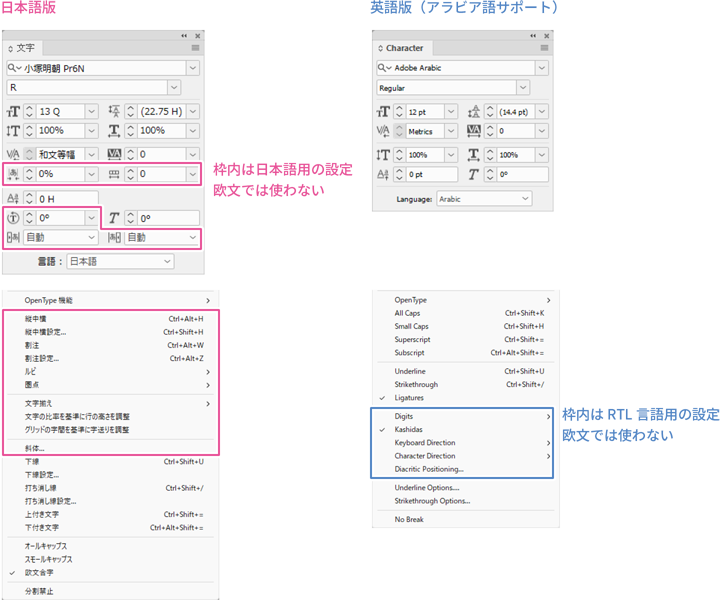
- Table of Contents
1. What is AI Synthesized Voice Tool?

Are you familiar with "AI synthesized voice"? AI synthesized voice refers to a synthetic voice that reads aloud input text naturally, rather than a narration by a human voice. You may have heard it at train station announcements or phone voice guidance at least once. The performance of AI synthesized voice tools has continued to evolve since their introduction, and they have now become quite familiar to us.
In this blog, we will introduce the benefits and considerations of using AI synthesized voice or AI synthesized voice tools in multilingual localization, as well as examples of their use in our company, in two separate articles.
Utilizing AI Synthesized Voice in Multilingual Localization

Challenges of Human Narration and Solutions with AI Synthesized Voice
Human narration possesses a delicate yet strong appeal through tone and inflection, making it indispensable for commercials and dramatic narration.
However, there are challenges in production. Those who have been involved in production may have experienced this firsthand.
For example, it may be necessary to coordinate schedules with narrators or studios for recording, re-recording may not go smoothly when changes are made to the script, or it may be difficult to find a narrator for that language in Japan.
Of course, when a delicate appeal is needed in narration, it is necessary to create it with human narration. However, in cases where this is not required, using AI-generated voice can help solve these challenges.
Our company utilizes AI synthetic voice tools for the following purposes.
・Operation Instructions
・Teaching Materials
What these have in common is that accurate information transmission is prioritized, and there is no need for a "skilled" reading or an emotionally expressive reading.
In recent years, AI-generated voice tools can create fluent voices that sometimes make one think, "Isn't this better than a novice reading?" Therefore, for uses where such delicate appeal is not required, the quality is generally more than sufficient.
Now, let me introduce the specific benefits of AI-generated voice synthesis.
Benefits
Utilizing AI-generated voice instead of human narration in multilingual localization projects has the following advantages.
- Time and cost
- Ease of modification, standardization of quality
■Time and Cost
Time and cost are probably easy to imagine.
Narration recording by a person requires significant effort and time, from preparing the recording equipment/environment to the actual recording of the narration. There may also be a need to adjust schedules to attend the recording.
On the other hand, when using AI synthetic voice tools, you simply input the text you want to convert to speech and press the voice generation button, and the voice is completed in just a few seconds. The time and cost benefits of this are very substantial.
■Ease of Modification, Consistency of Quality
As a second benefit, I mentioned the ease of making corrections.
When checking the audio that has been created, there may be requests such as, "I want to change the pronunciation of this word," "I want to change it to a more friendly expression," or "I want this sentence to be read more slowly." However, reflecting those corrections in a re-recording may not be easy with human narration. This is because, to re-record, it is necessary to secure the recording studio and the narrator's schedule again. Even for a single change, in multilingual localization that expands to many languages, re-recording in all languages can occur, making corrections often impractical.
In contrast, using AI synthetic voice tools for voice creation allows for immediate reflection of any modifications made to the text being read by the machine or inputting speed instructions for re-generating the voice. This is a significant advantage in multilingual projects where modifications tend to be frequent.
Additionally, the issue of quality discrepancies in narration by humans due to language differences can be addressed by using AI synthetic voice tools, enabling detailed adjustments and achieving uniform quality across languages.
3. Preparations for Utilizing AI Synthesized Voice

"I understand the benefits and use cases of AI synthetic voice tools. I want to try it out right away, but how should I proceed?" Next, I would like to answer such questions.
While AI synthetic voice tools are very convenient, further efficiency and quality improvement of the final output can be achieved through proper preparation.
Schedule
One of the significant advantages of AI-generated voice is its "ease of modification." With human narration, it can be challenging to make detailed adjustments due to scheduling and other constraints, but by utilizing AI voice synthesis tools, this becomes possible... There is no reason not to take advantage of this benefit.
AI voice synthesis tools, depending on the product, often have a cost structure based on volume or duration. (We will introduce the differences in cost structures by product in the next blog)
Therefore, it is necessary to establish a schedule that assumes modifications will be made after voice generation and to select and purchase the appropriate AI voice synthesis tool accordingly. While it may seem like an extra step, compared to projects with human narration, it could result in overall time and cost benefits.
Determine the pronunciation of abbreviations
Even well-known abbreviations may have different pronunciations depending on the language.
One example is "ISO." As shown in the table below, different pronunciations are commonly used in English and Indonesian compared to Japanese.
| Japanese | English | Indonesian |
| ISO | ISO/ ISO |
ISO/ ISO |
In such cases, if you output the voice without specifying in advance which reading to unify, there is no guarantee of which reading will be output, or whether the readings will be consistent throughout the entire audio. Therefore, it is important to decide on the reading in advance and register/specify it on the tool side to prevent unnecessary corrections later.
Checklist
In projects using AI-generated voices, just like in projects with human narration, it is essential to verify the created audio.
Many may have the impression that "since it is being read mechanically, there shouldn't be any misreadings." However, in reality, there are still aspects that synthetic voices cannot fully address, such as differences in intonation based on context, unnatural pauses, or a lack of necessary pauses that can make understanding difficult.
Especially in multilingual localization, there are many cases where differences in intonation can change the meaning depending on the language, making post-generation checks absolutely necessary.
However, if the person responsible for the checks conducts them randomly, there is a risk that unnecessary corrections will have to be made based on their subjective judgment, or conversely, that issues may be overlooked with the thought of "this is acceptable." To ensure consistent quality across many languages, it is crucial to align the checking criteria across languages.
By creating a checklist that lists the necessary checking criteria, the process of generating multilingual audio can be carried out smoothly. We will introduce what specific checking criteria are needed in the next blog post.
4. Summary
This article explained the benefits, use cases, and preparations for using AI synthetic voice tools in multilingual localization. Next time, we will introduce how to check the audio output from AI synthetic voice tools and examples of tool usage in our company.



























